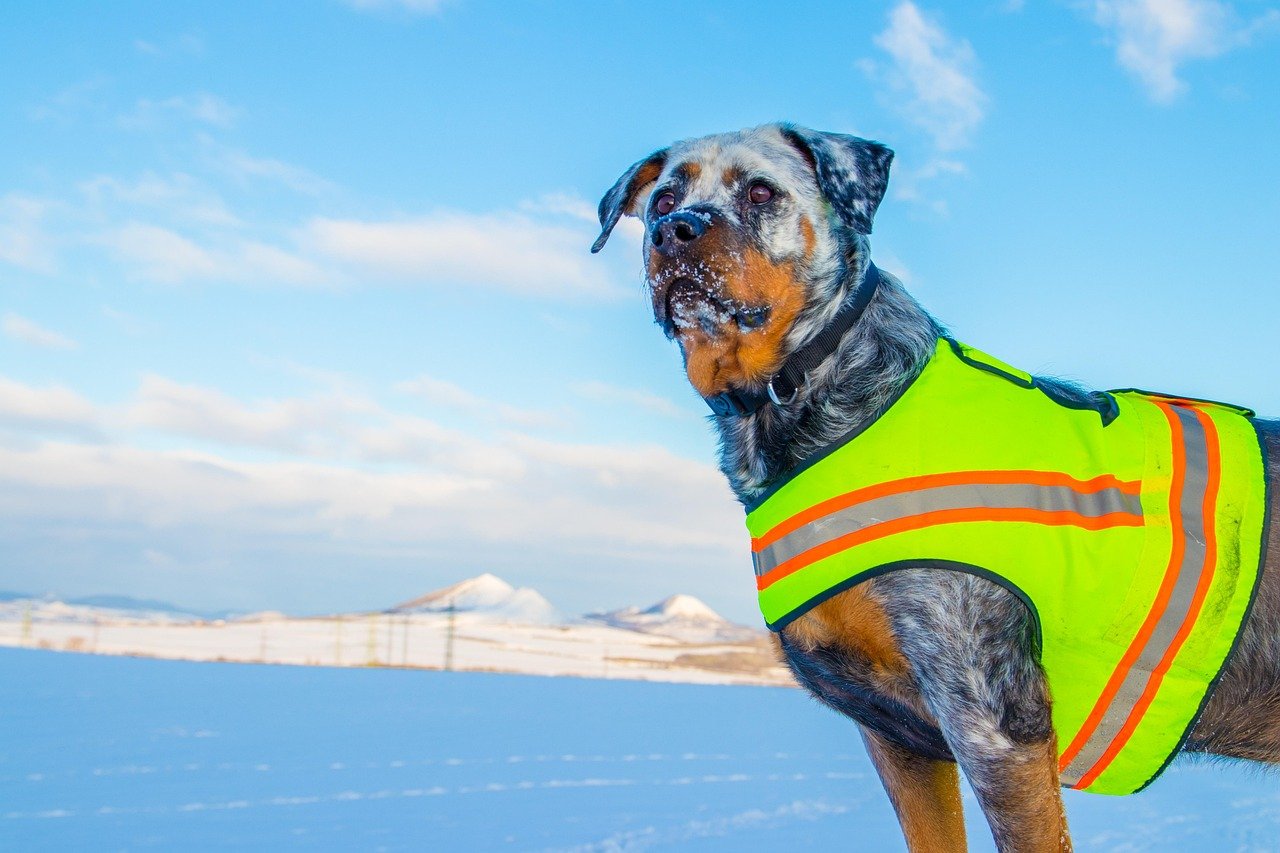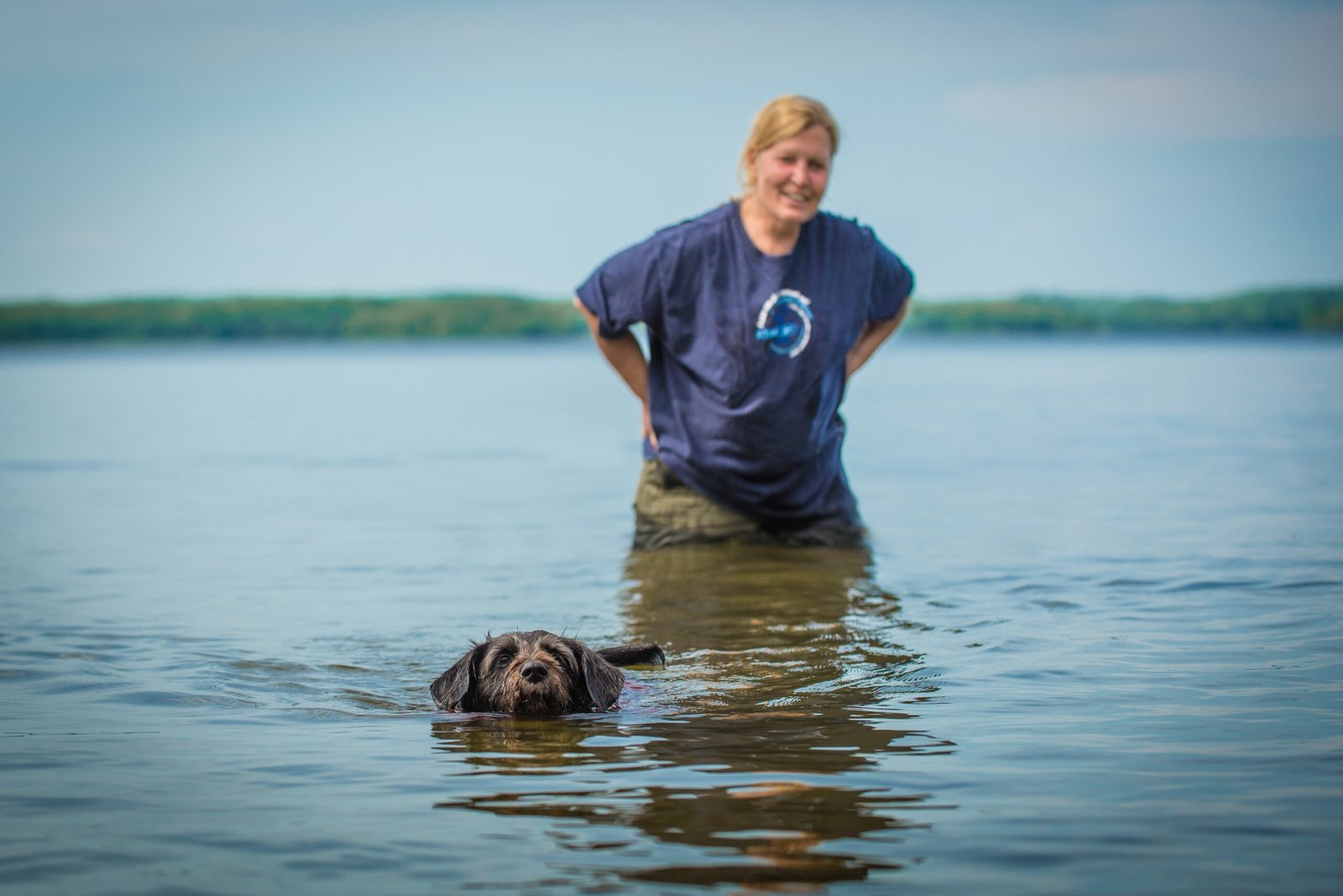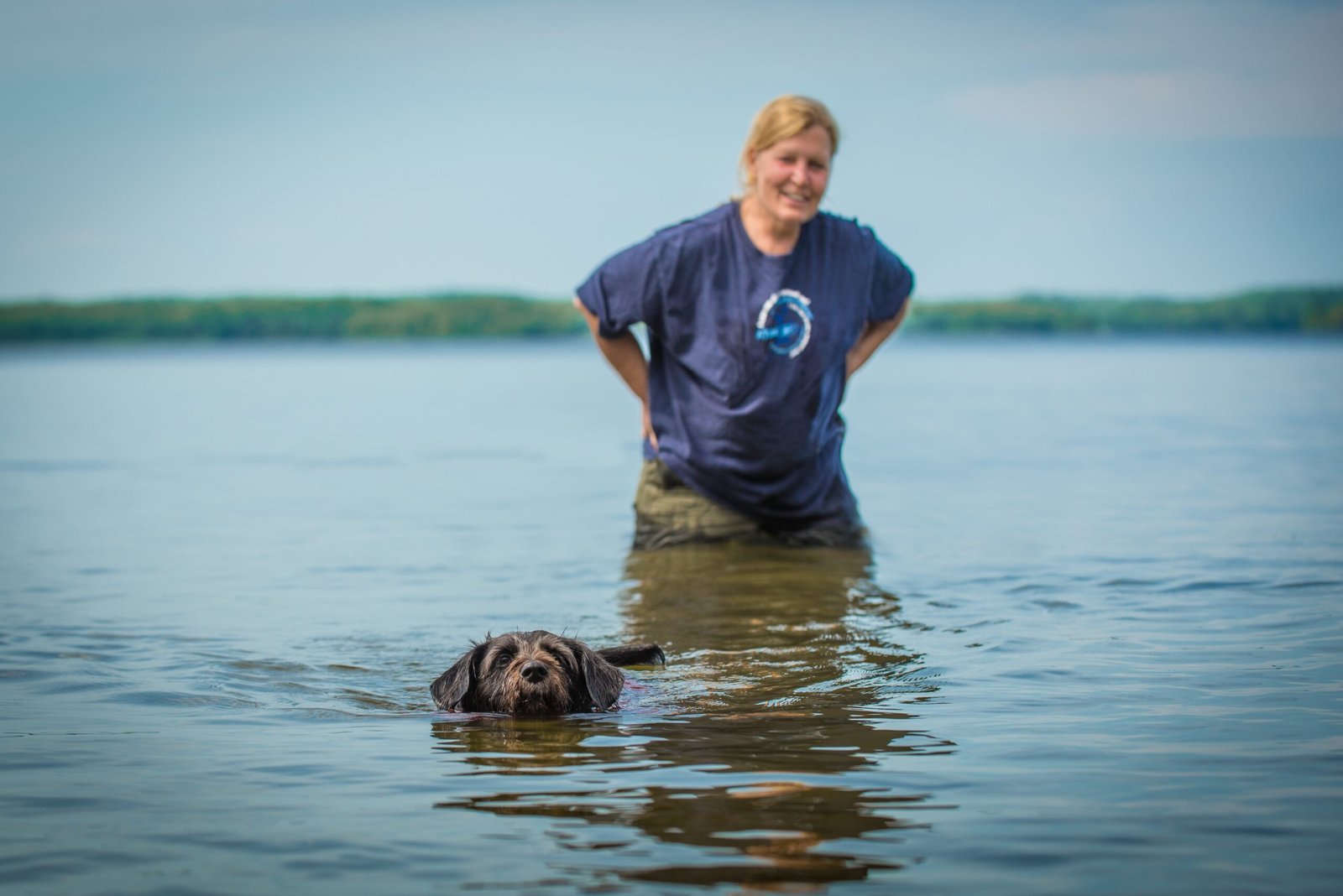Picture this: the summer sun is blazing, laughter echoes across a shimmering lake, and your dog stands at the water’s edge—tail wagging, eyes wide, but paws glued to the sand. For many dogs, water is both thrilling and terrifying. If you’ve ever wondered how to help your pup take the plunge, you’re not alone. Teaching a dog to swim can be a heartwarming adventure, full of splashes, surprises, and proud moments. But it’s also a journey that calls for patience, empathy, and the right approach—because not every dog is born a water-loving retriever.
Swimming isn’t just a party trick or a way to cool off; it’s a life skill that can build confidence and keep your furry friend safe. Some dogs charge into the water like they’re auditioning for a superhero movie, while others need gentle nudges and lots of encouragement. No matter where your dog falls on this spectrum, with the right steps, you’ll soon be swapping nervous glances for joyful leaps and wagging tails.
Understanding Your Dog’s Relationship With Water
Every dog is different when it comes to water. Some breeds, like Labradors and Golden Retrievers, seem to have swimming in their DNA, while others—think Bulldogs or Dachshunds—might find the whole idea overwhelming or even scary. It’s important to pay close attention to your dog’s body language the first time you introduce them to water. Watch for hesitancy, excitement, or signs of fear, such as tucked tails or backing away.
Don’t assume your dog will naturally know how to swim just because they’re a dog. Many pups need to learn step by step, and some might never feel completely comfortable in deep water. Be patient and avoid forcing your pet into the water. Instead, let curiosity guide them. A dog’s first impression of swimming will shape their confidence for years to come.
Picking the Perfect Place for a First Swim
Choosing the right location can make or break your dog’s first swimming lesson. Calm, shallow water is ideal. Think quiet lakeshores, kiddie pools, or the shallow end of a pool—not crowded beaches with crashing waves. Avoid fast-moving rivers or steep drop-offs, as these can be dangerous and intimidating for beginners.
The environment should feel safe for both you and your dog. If possible, find a spot where other dogs are swimming happily. Sometimes, watching fellow canines paddle around can ease anxiety and inspire your pup to give it a try. Make sure there are no sharp rocks, slippery algae, or hidden hazards—your dog’s safety always comes first.
Gearing Up: Safety First

Before you even hit the water, you’ll want to make sure you have the right gear. A well-fitted canine life vest can be a game changer, especially for small breeds or dogs with heavy bodies and short legs. These vests provide buoyancy, making it easier for your dog to float and kick naturally. Look for one with a sturdy handle on top, so you can help guide your dog as needed.
Bring treats and toys to reward bravery and keep your dog motivated. A favorite floating toy can turn a scary new experience into an exciting game. Don’t forget fresh water and a towel for after the swim—chlorine and salt can irritate a dog’s skin, so a quick rinse and dry-off are always a good idea.
Building Trust With Gradual Introductions

Start slow and keep things positive. Let your dog explore the water’s edge, sniffing and splashing at their own pace. You can wade in yourself and encourage your dog to follow, but never drag or push them into the water. Use a happy, relaxed voice and celebrate every little step forward, even if it’s just dipping a paw.
Sometimes, it helps to bring along a confident dog who already loves swimming. Dogs often learn by watching others. If your dog hesitates, sit down at the shoreline and play with the water, showing them there’s nothing to fear. The goal is to build trust so your dog feels safe venturing further when they’re ready.
Introducing Swimming Techniques

Once your dog is comfortable in shallow water, gently guide them into slightly deeper areas where they have to paddle a little. Support their belly with your hand or the handle on their life vest at first. This helps them stay afloat and get used to the paddling motion without panicking. Keep sessions short and positive—tired dogs can become fearful or even risk swallowing water.
Pay attention to your dog’s movements. Some dogs instinctively paddle with all four legs, while others might splash awkwardly at first. That’s completely normal. Stay close and offer encouragement. The more relaxed you are, the more your dog will trust the process.
Building Confidence With Games and Rewards
Turn swimming practice into playtime to keep things lighthearted. Toss a floating toy just a short distance into the water, encouraging your dog to fetch it and come back to you. Use treats and praise to reward every effort, no matter how small. Games help distract from fear and make the experience enjoyable.
If your dog seems unsure or gets overwhelmed, take a break. End each session on a positive note—never push your pup past their comfort zone. Over time, short, playful sessions add up, and your dog’s confidence will grow with each splash.
Recognizing When to Take a Break
Swimming is hard work, especially for beginners. Watch for signs of fatigue, such as heavy panting, slow paddling, or your dog heading back to shore. Some dogs will try to keep up with their humans or other dogs, even when they’re exhausted, so it’s up to you to set healthy limits.
Always keep sessions short and sweet, gradually increasing the time as your dog builds stamina. Remember, some dogs need several tries before they really get the hang of swimming. Celebrate the small victories and never rush the process. Your patience will pay off in the end.
Staying Safe Around Water—Always
Even strong swimmers can get into trouble in open water. Always supervise your dog closely, and never leave them unattended near a pool, lake, or river. Be extra cautious with currents, tides, and underwater hazards. Teach your dog how to safely exit the water—ramps or shallow steps are best.
If you’re swimming in a pool, rinse your dog off afterward to remove chlorine. In lakes or ponds, watch for signs of blue-green algae, which can be toxic. Safety should always be your top priority, no matter how confident your dog becomes.
Swimming with your dog is more than just a fun summer activity—it’s a chance to build trust, create joyful memories, and keep your best friend safe. With patience, encouragement, and a gentle approach, any dog can learn to love the water.






